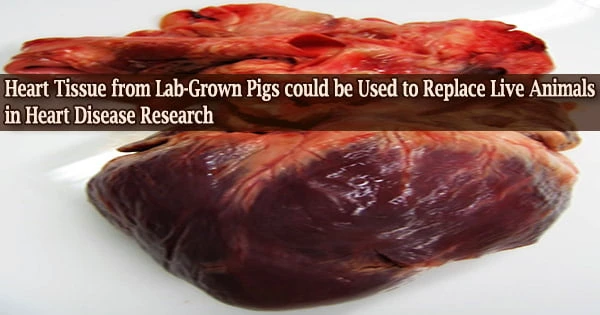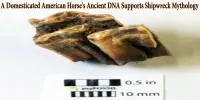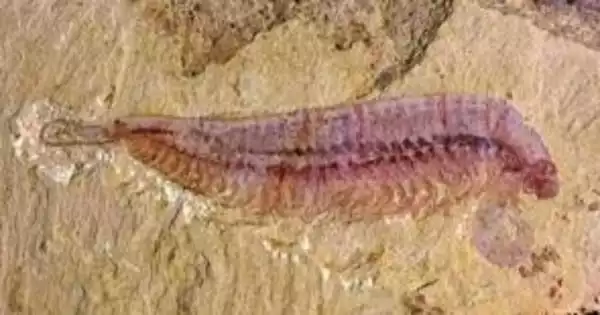According to a study from the University of Surrey and King’s College London, a new approach to duplicate what happens inside the heart after cardiac arrest could open new pathways for the study of heart regeneration while lowering the usage of live animals in research.
Myocardium, or cardiac muscle tissue, is a specialized type of muscle tissue that creates the heart. The heart is kept pumping blood around the body by this muscular tissue, which contracts and releases involuntarily.
Researchers have devised a method for acquiring and cultivating thin slices of pig heart tissue that include both the epicardium, the heart’s most exterior layer, which includes cells that can aid recuperation, and the underlying heart muscle.
The researchers used stimulating substances on the epicardial slices, demonstrating that cells get stimulated in a way that mimics what happens in the heart after a heart attack. The novel method was able to replicate observations that were previously only possible in live animal models.
Dr. Paola Campagnolo, lead author of the study and Senior Lecturer in Molecular Cardiovascular Sciences at the University of Surrey, said:
“This research typifies the One Health, One Medicine ethos at the University of Surrey, as our model could help us understand how to stimulate the repair process after heart attacks without the need to use live animals in the research. We are hopeful our model could lead to better health outcomes for humans and reduce the reliance on animal experiments in cardiovascular science.”
This work provides an innovative tool to study the healing from a heart attack. We believe that our model could be useful to dissect the role of different cells in the reparative process. In our consideration, it is extremely important that every step forward in this field delivers a clinical perspective for the patients while reducing the burden on research animals.
Dr. Davide Maselli
According to the British Heart Foundation, 7.6 million people in the UK suffer from heart or circulatory illness. This disease is responsible for a quarter of all deaths in the United Kingdom.
The heart’s ability to repair after an injury is severely constrained by its tissue’s low quantity of renewing cells. Surgical techniques done on laboratory animals are the basis of most current research models and strategies aimed at improving the heart’s repair process.
Dr. Davide Maselli, Postdoctoral Research Associate and first author of the paper, said:
“This work provides an innovative tool to study the healing from a heart attack. We believe that our model could be useful to dissect the role of different cells in the reparative process. In our consideration, it is extremely important that every step forward in this field delivers a clinical perspective for the patients while reducing the burden on research animals.”
The study, which was published in the journal npj Regenerative Medicine, suggests a system for studying heart regeneration in a laboratory dish, which could lead to fewer small animals being used in cardiovascular research.
















